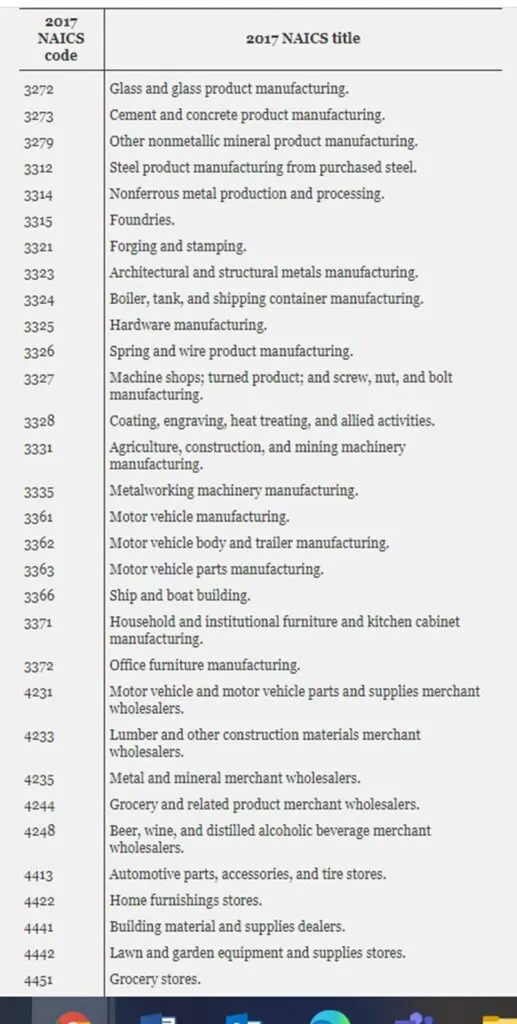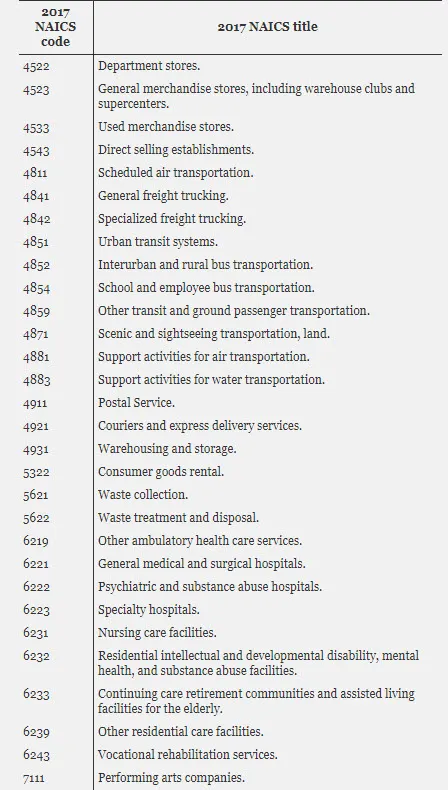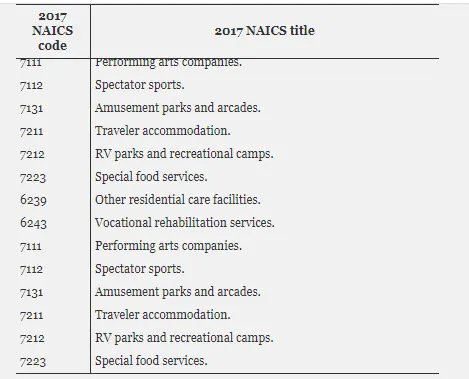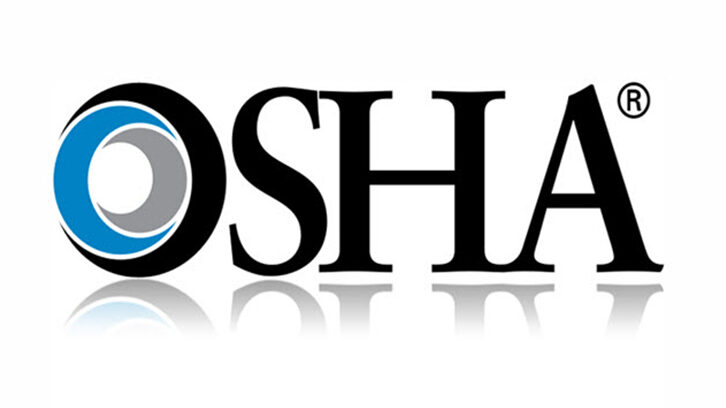The pace of new regulatory activity isn’t getting any slower. OSHA just published a Notice of Proposed Rulemaking (NPRM) that would update the Recordkeeping Standard to significantly expand electronic reporting requirements for many establishments, and result in the publication of occupational injury and illness records for those establishments.
Not everyone seems to have heard about these proposed changes yet, but those who have are already expressing concerns about their implications. At the time of this writing, there are already a number of public comments in the docket for this proposed rule published just a few business days ago.
In what follows, we’ll take a closer look at the background of the NPRM, the specific proposed changes, and the main takeaways for businesses.
The Background of OSHA Electronic Reporting
One of the purposes of OSHA’s Recordkeeping Standard since it went into effect in 1971 has always been to make sure that OSHA could potentially collect injury and illness data from employers, and use it to inform their regulatory and enforcement efforts. For many years, OSHA primarily collected this data from employers through the OSHA Data Initiative (ODI) survey. The ODI was a paper survey that required a great deal of time and effort on the part of both employers and OSHA to complete and process. It wasn’t a very efficient way to collect and process information for anyone involved, so in the internet age, OSHA began to consider more modern alternatives.
In May 2016, OSHA issued the final rule called “Improve Tracking of Workplace Injuries and Illnesses.” This rulemaking revised the Recordkeeping Standard to require some establishments, which were already subject to Recordkeeping requirements, to electronically transmit injury and illness data from Form 300A directly to OSHA. OSHA created the Injury Tracking Application (ITA) as a web-based platform for employers to use when transmitting their data. While there had initially been discussion of publishing the 300A data, OSHA had not followed through on doing so – although as we’ll see, they are now revisiting that option.
The 2016 Recordkeeping revision requires establishments with NAIC codes subject to the Recordkeeping Standard with 250 or more employees, as well as establishments in certain high-risk industries listed in Appendix A with between 20 and 249 employees, to electronically transmit data from their Form 300A summaries to OSHA.
You can find out if your establishment’s primary business activity is classified as being in one of the designated higher risk industries required to electronically report by consulting the OSHA document linked here. If you’re on that list, any establishment within your company that had 20 or more employees last year would need to submit electronic 300A data. In the event that the establishment’s NAIC code differs from the company’s primary NAIC code, the test comes down to whether the establishment’s NAIC code is both subject to Recordkeeping and listed in the linked OSHA document as high risk. Any establishments meeting both criteria would need to electronically report if they had a peak number of employees of 20 or greater in the previous calendar year.
All NAIC codes beginning in 31-33, which encompasses the whole manufacturing sector, are on that list. So if you’re in the manufacturing sector, you’re going to need to submit electronic 300A data for any establishments that had 20+ employees at any point last year.
The reporting deadline is March 2 every year for the previous calendar year’s 300A data.
It’s interesting to note that the original 2016 final rule included a phased-in transition timeline in which some establishments would have needed to start annually submitting electronic data from Forms 300 and 301, as well. OSHA rescinded those additional 300 and 301 electronic reporting requirements via a 2019 final rule, and that seemed to end that particular issue.
But as OSHA’s new proposed rule shows, it’s not over yet.
What Would OSHA’s Proposed Rule Change?
OSHA published its new proposed rule in the Federal Register on March 30, 2022. The proposed rule would relieve some current electronic reporting requirements, but also significantly expand requirements for some establishments. Additionally, the NPRM’s proposal to publish data submitted by establishments revisits some of the intentions around the original rulemaking establishing electronic reporting requirements.
Let’s take a closer look at the major proposed changes in the NPRM.
Expanded Reporting Requirements: The NPRM proposes to require establishments with 100 or more employees in certain designated industries to electronically submit information from their OSHA Forms 300, 301, and 300A to OSHA once a year. This would be a major expansion of reporting requirements, since as previously mentioned, OSHA rescinded requirements originally in the 2016 final rule for some establishments to electronically submit 300 and 301 data before the phased-in requirement went into effect.
The industries affected by this new requirement would be listed in proposed appendix B to subpart E of the Recordkeeping Standard. The screen capture below shows the industries OSHA is proposing to include in Appendix B. All of the establishments with 100 or more employees in industries listed in the proposed Appendix B to subpart E are already required to electronically submit 300A data to OSHA once a year under current 29 CFR 1904.41 (i.e., they’re also in Appendix A), but would now need to additionally submit data from their Forms 300 and 301.



Revised Classification System: The NPRM proposes to update the classification system used to determine the list of industries covered by the electronic submission requirement. Specifically, OSHA proposes to revise Appendix A to subpart E to update the list of designated industries to conform with the 2017 version of the NAICS. The Office of Management and Budget, through its Economic Classification Policy Committee (ECPC), reviews and considers revisions for NAICS, a statistical classification system, every five years. When OSHA published its 2016 final rule, the agency used the 2012 version of the NAICS codes to designate industry sectors subject to the electronic reporting requirements.
Publication of Data: The NPRM states that “OSHA intends to post the data from the proposed annual electronic submission requirement on a public website after identifying and removing information that reasonably identifies individuals directly, such as individuals’ names and contact information.” We can anticipate that this proposal will elicit a great deal of feedback, because it did during earlier discussions around the time of the 2016 rulemaking. In fact, some of the comments already submitted in the docket for the NPRM express concerns about this provision.
Remember, the 300A data that establishments covered by electronic reporting requirements currently submit only has summary level info about numbers of certain types of cases, but the 300 and 301 forms contain much more specific information about individual cases. Some of that info may include identifying details about the employee(s) involved, and so may potentially disclose confidential information protected by the Health Insurance Portability and Accountability Act (HIPAA). If history is any indication, stakeholders will express concerns about the feasibility of truly removing all potentially identifying information from these records and about how employees can be assured that their confidential information will remain protected.
Reduced Reporting Requirements for Some Industries: The proposed rule would remove the current requirement for establishments with 250 or more employees, not in a designated industry, to electronically submit information from their Form 300A to OSHA each year. As previously discussed, all establishments of this size in industries routinely required to keep injury and illness records are required to electronically submit information from their Form 300A to OSHA once a year. The proposal requires this electronic submission only for the establishments in industries listed in Appendix A.
Some establishments may find that the proposed changes don’t impact them. Establishments with 20 or more employees in certain industries would continue to be required to electronically submit information from their OSHA Form 300A annual summary to OSHA once a year, as they are today.
The public comment period for the NPRM closes on May 31, 2022. Stakeholders wishing to provide feedback should electronically submit their comments, along with any submissions and attachments, at https://www.regulations.gov, which is the Federal e-Rulemaking Portal. The docket number is OSHA-2021-0006. After accessing “all documents and comments” in the docket, check the “proposed rule” box in the column headed “Document Type,” find the document posted on the date of publication of this document, and click the “Comment Now” link.
The Big Takeaways on OSHA’s Proposed Electronic Reporting Revisions
Big changes are afoot, and should these proposed revisions to the Recordkeeping Standard make it into a final rule as currently written, they’d significantly expand reporting obligations for many establishments in many industries. Additionally, they’d potentially result in publication of injury and illness data for reporting establishments, which means that any such establishment’s safety performance would become a matter of public record, searchable by anyone.
It’s important to remember that nothing is changing yet. The public comment period runs until May 31, and because of the expanded proposed reporting requirements and the implications of publishing injury and illness data, OSHA is certain to get plenty of comments. The agency will then need to take the time to sort through that feedback and determine to what extent (if any) they will modify their proposed changes en route to developing and publishing a final rule. And once that final rule does appear, it’s likely to come with a compliance timeline. So, while we don’t know how similar that final rule will be to the proposed rule, the clock measuring time to achieve compliance will definitely start running after it’s published.
The best thing EHS professionals and company leadership can do to prepare is to start reassessing and improving their incident management practices today. You’ll need reliable methods to ensure that you’re capturing and documenting all OSHA recordable injuries and illnesses, and maintaining accurate injury and illness records. Complete and accurate injury and illness recordkeeping is important for proactive EHS management even aside from regulatory requirements, but it becomes even more urgent given the possibility that records for some establishments may become publicly available.
Modern EHS software can help by making it easy for you and your workers to report incidents, follow-up, and generate accurate OSHA forms. If your current recordkeeping methods cause you to feel anxious about OSHA’s proposal, now’s the time to start looking for better alternatives.
Let VelocityEHS Help!
Preparation for OSHA’s pending changing to the Recordkeeping Standard will be easier if you have the right tools.
VelocityEHS Incident Management can help you meet your Recordkeeping requirements with mobile incident reporting capabilities, and ability to quickly attach photographs and other documentation to the inspection record. We also help you easily complete Forms 300, 300A and 301. Visit our solution landing page for more information, or just contact us anytime.
